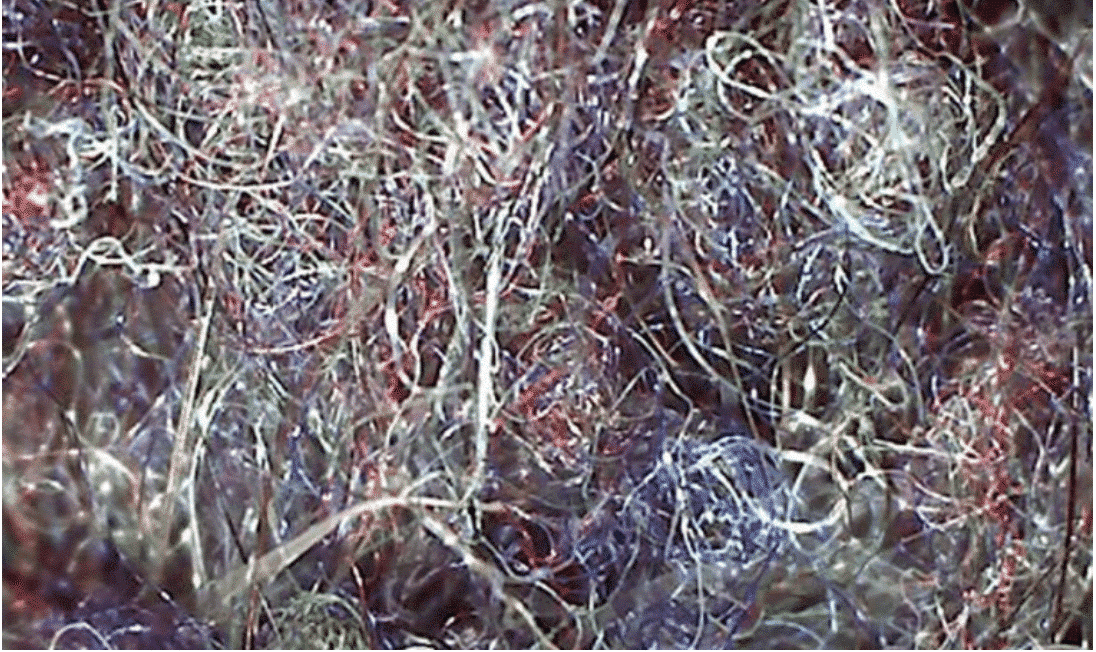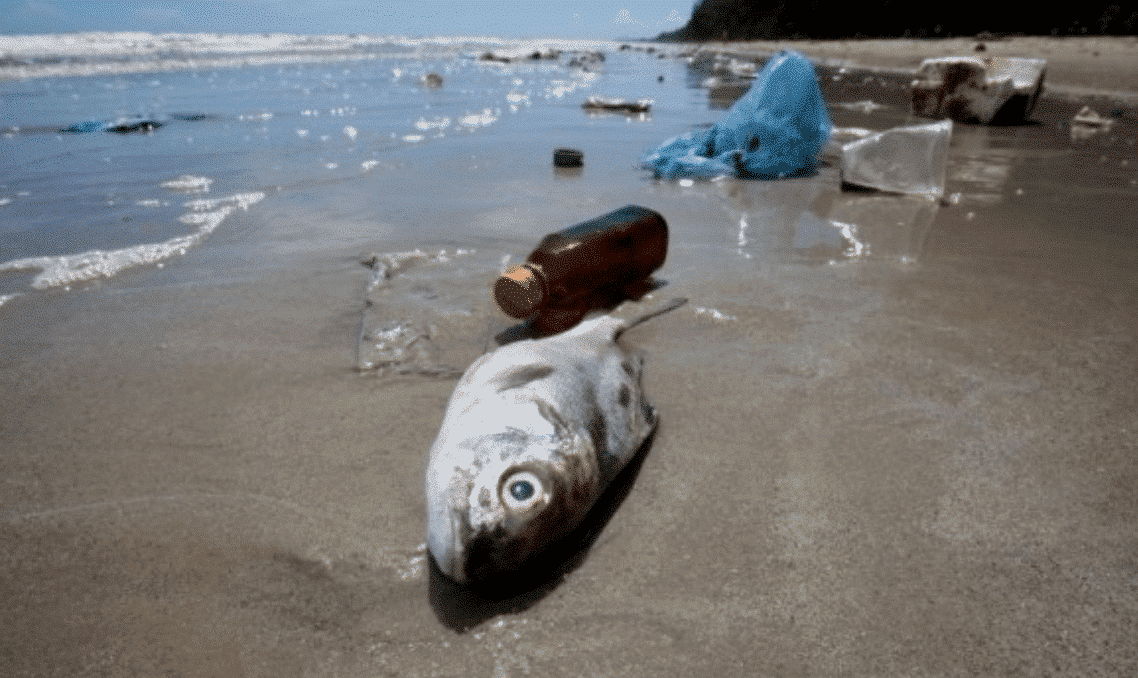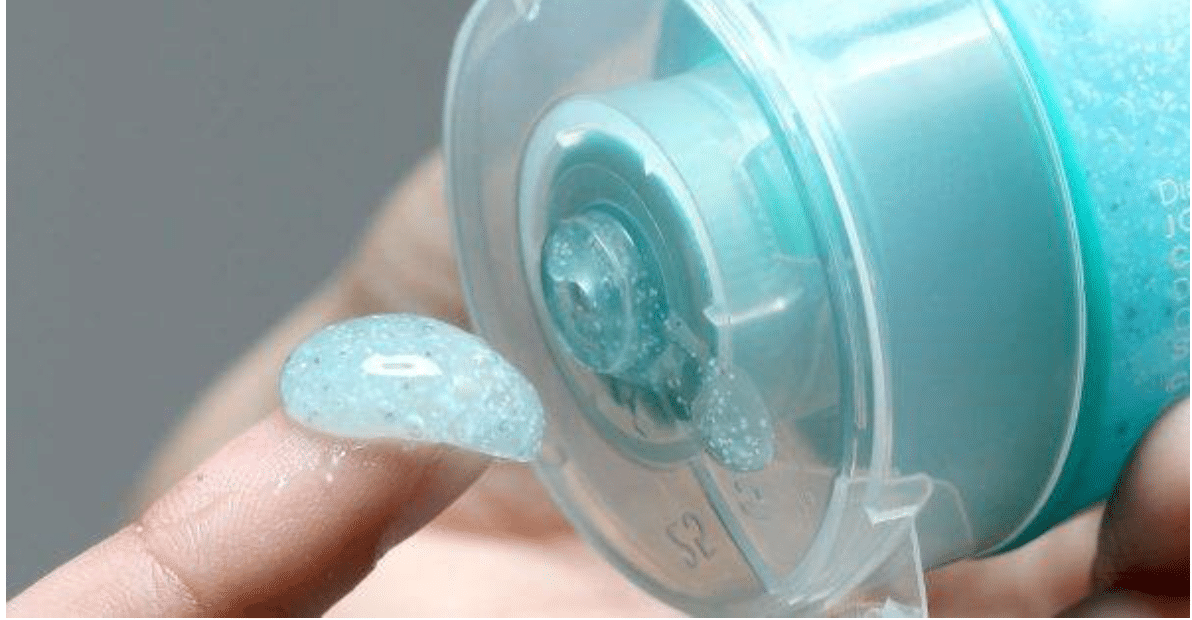A recent “Chinese takeaway is bringing a catastrophe to the world” suddenly burst into red, once again triggered people’s concern about plastic pollution. Although I don’t agree with some of the views on this article, the unexpected plastic pollution situation described in the section is worth pondering. It refers to plastic particles, which are the micro-plastics mentioned in this article.
The term micro-plastic has been frequently seen in the media in recent years and has gradually attracted the attention of all sectors of society, but many people still know very little about it. So what is microplastic? At first glance, it may be thought to be a classification of applied plastics. This concept is mainly derived from marine ecological environment research. It has to start in 2004 when British scientists published a paper on plastic debris in marine waters and sediments in the journal Science, which first proposed the concept of microplastics. Since then, many researchers have invested in the research of micro-plastics, and published many relevant results, making micro-plastic pollution cause global attention.
In 2014, at the first UN Environment Conference, marine plastic waste pollution was listed as one of the “Top Ten Urgent Environmental Issues,” and particular attention was paid to microplastics. At the second UN Environment Conference in 2015, microplastics pollution was listed as the second largest scientific issue in the field of environmental and ecological science research and became a major global environmental issue alongside global climate change and ozone depletion. It can be seen that the micro-plastic pollution is severe.
At present, there is no accurate definition of microplastics in academia, but it is generally considered that plastic fibers, particles or films with a particle size of less than 5 mm are microplastics. Many microplastics can reach micrometers or even nanometers, which are invisible to the naked eye. Therefore, it is also visually compared to “PM2.5” in the ocean.

Various microplastics (from the report: 95% of Fulmars in the North Sea Had Plastic in Their Stomachs)
So where does microplastic come from?
According to the source, micro-plastics can be divided into two major categories of primary microplastics and secondary microplastics. Primary microplastics are plastic pellet industrial products that are discharged into the marine environment through rivers, sewage treatment plants, etc., such as micro-plastic granules contained in cosmetics, toothpaste, facial cleansers, etc. or plastic granules and resin granules as industrial raw materials.
If you pay attention to the cosmetics or toiletries list, which contains polyethylene, oxidized polyethylene, polyethylene terephthalate and other components, it is added micro-plastic, also known as microbeads in the Japanese chemical industry. Only one scrub of facial scrub contains more than 300,000 beads. The washing machine can also produce a significant amount of micro-plastic fibers when washing. It is estimated that for each synthetic fabric, 1900 micro-plastic fibers may be provided. These micro-fibers are difficult to filter and separate, and more than half of them will avoid the sewage treatment system and enter the river. Ocean. Paint spray and car tire wear also produce a significant amount of micro-plastic particles.
Secondary microplastics are plastic pellets that are divided and reduced in size by sizeable plastic waste through physical, chemical, and biological processes, including marine plastic debris, marine tourism, marine fisheries, and naval operations such as marine transportation and offshore drilling platforms.

The washing machine discharges the plastic fiber from the wastewater (picture according to the British Guardian)
Micro-plastics are eroding our earth’s ecological environment with lightning speed.
Since Becker invented the phenolic resin in 1907, the use of plastics has been more than a hundred years old. Plastics have brought great convenience to people’s lives, but they have also caused severe environmental problems due to their intractable treatment. A significant amount of waste plastic on land pollutes mountains and rivers, resulting in “white pollution,” and the ocean is also the hardest hit by plastic pollution. According to statistics, more than 8 million tons of plastics are abandoned in the sea each year, accounting for 80% of marine debris, which seriously threatens the marine ecosystem. These plastic wastes will form numerous microplastic granules over time. According to Marcus Eriksen of the Five Gyres Institute in 2014, there are at least 5.25 trillion plastic fragments in the global ocean, which may weigh about 269,000 tons.
Microplastics are commonly found in surface seawater, seabeds, sediments and beaches, and even in the most remote polar glaciers and deep-sea sediments. Professor Takada Hideo and others from Tokyo University of Agriculture and Technology in Japan found that the concentration of microplastics in the sediments of Tokyo Bay is much higher than that of seawater. At present, except for the large coastal distribution of the oceans in the North and South Pacific, the North Atlantic Ocean, and the Indian Ocean, traces of microplastics are found in the Antarctic and the Arctic. An article was published in the scientific journal “The Future of the Earth”, which found that there are as many as 240 microplastic particles per cubic meter of Arctic sea ice. It can be said that microplastics have spread throughout the entire marine system.

Waste plastic in seawater (picture from the network)
Microplastics can diffuse in the ocean along with ocean currents, change the ecological environment of the beach, and enter the marine food chain, causing harm to marine life. Because micro-plastics are small and even painful to see by the naked eye, they are eaten by benthic and zooplankton in the ocean. Then, the big fish eat little fish, the small fish eat shrimp, and as the food chain layer passes, it will eventually enter the human food chain. According to data from the United Bank of Africa, more than 250 traces of plastic products found in the digestive system of marine organisms. A survey by the Yantai Coastal Zone Research Institute of the Chinese Academy of Sciences also showed that microplastics were found in 90% of the more than 20 common fish samples with high economic value. Recent research confirms that even in the depths of the seabed as deep as 1,800 meters, marine organisms are engulfing micro-plastics, indicating that the devastating effects of micro-plastics on the global environment are far beyond imagination.
Not only the ocean but also micro-plastics on the land have entered the food chain. In April of this year, Mexican scientist Esperanza Huerta discovered micro-plastics in the soil, in the cockroach, in the hen’s stool, and in the stomach. It may have originated from the decomposition of incinerated waste plastics. It was confirmed for the first time that micro-plastics had entered the terrestrial food chain. Recently, a US agency conducted more than 150 tap water tests on cities around the world. The results showed that 83% of tap water contained micro-plastics, indicating that terrestrial water sources were also affected by micro-plastics. It has also been reported at home and abroad that micro-plastics have been detected in products such as salt, sea salt, beer, and honey. Perhaps the contamination of microplastics is ubiquitous.
Not only pollute the environment, but micro-plastics are also more harmful to bio-safety.
Part of the micro-plastics is derived from plastic products, which may release toxic and harmful substances and cause direct harm to the marine environment. Micro-plastic surfaces are also smooth to adsorb heavy metals and persistent organic pollutants in the ocean, such as pesticides, flame retardants, polychlorinated biphenyls, etc., which cause chemical hazards to the ecological environment with ocean currents. Microplastics are quickly swallowed by marine organisms and accumulate in aquatic plants, endangering marine life. Scientific research has confirmed that micro-plastic pollution in the ocean has varying degrees of impact on the growth, development, and ability to escape natural enemies and breed. Also, microplastics as carriers may carry alien species and potential pathogens that endanger the stability of marine ecosystems.
What is even more worrying is that micro-plastics will pass through the marine food chain, and eventually enter the human food chain poses a threat to human health and safety. Although the exact harm of micro-plastics to human health has not been confirmed yet, analogous to PM2.5, it is not excluded that micro- and nano-scale micro-plastic particles may enter the human circulatory system. If long-term intake of micro-plastics may also lead to some The accumulation of chemical substances in the human body is not conducive to human health. Of course, this is only a speculation that the impact of microplastics on ecology and human health needs further study.

Polluted beaches and dead fish (picture from the web)
Faced with the proliferation of micro-plastics in the ocean, how to strengthen monitoring and prevention, the world is actively taking action.
As mentioned earlier, the United Nations has been paying close attention to plastic waste and has been paying attention to micro-plastics since 2014. In May 2016, the UNEP released a global assessment report on marine microplastics pollution and urged coastal countries to strengthen scientific research and development of marine microplastics as soon as possible. In June 2017, the first UN Ocean Conference adopted the document “Our Ocean, Our Future: Call to Action,” calling on countries to reduce the use of plastics, prevent and significantly reduce various marine pollution such as plastics and microplastics.
Plastic microbeads are widely used in daily chemical products and are also an essential source of microplastics. At present, countries have imposed bans on the use of microbeads in cosmetics. The first country to implement the prohibition on microbeads in cosmetics was the United States. In December 2015, Obama signed the “No Pearl Waters Act,” which states that from July 1, 2017, all manufacturers must not produce any cosmetics containing plastic microbeads. It is forbidden to introduce such products on July 1, 2018. Canada, New Zealand, and South Korea have also introduced similar bans.
In Europe, in December 2014, Austria, Belgium, Luxembourg, the Netherlands and Sweden issued a joint statement calling for the ban on the use of plastic microbeads in personal care products. On October 21, 2015, the European Association for Cosmetics and Personal Care (Cosmetics Europe) recommended that plastic particles be added to rinse-off cosmetics and personal care products for scrubbing and cleaning by 2020. On June 23 this year, the European Commission issued revised standards for the six detergent product groups in the EU Ecolabel, and all detergents awarded the EU Ecolabel will not contain plastic beads. There are also some related bills in the EU countries. In September this year, the UK issued draft legislation on the ban on plastic microbeads in cosmetics and other products. In 2018, the use of plastic microbeads in the protection products will be banned entirely.
As a cosmetics manufacturer, the world’s daily chemical giants such as Johnson & Johnson, Procter & Gamble, Unilever and Estee Lauder have all said that they will phase out plastic microbeads in personal care products. Except for Unilever, other estimates are still taking one to two years. In addition to limiting microbeads in the cosmetics sector, secondly, it is actively promoting the use of biodegradable plastics to reduce plastic pollution. As for other major initiatives to curb microplastics from the source, it seems that there are not many.

Microsphere-containing care products (images from the Internet)
China is the world’s largest producer and consumer of plastics, and micro-plastic pollution poses a serious threat to China’s marine ecosystem. However, the relevant domestic research started late, and the appropriate monitoring technology is still not perfect. At present, the public does not know enough about micro-plastics and has insufficient understanding of its hazards. However, the Chinese government has paid attention to micro-plastic pollution and launched an action. Since 2007, China has started routine monitoring of marine debris, including plastic waste. Since 2016, China has begun monitoring micro-plastics in the offshore waters. For the first time this year, micro-plastics monitoring was carried out in the Arctic and the East Pacific.
The important national research and development project “Marine micro-plastics monitoring and ecological environment effect assessment technology research” has also started related research, with an investment of 16 million yuan. Recently, the “Marine Waste and Microplastics Research Center” was established at the National Marine Environmental Monitoring Center to research technologies, methods and management countermeasures related to marine waste and micro-plastics supervision. Chinese experts have repeatedly called on the state to issue relevant laws and regulations as soon as possible, and explicitly prohibit the addition of microbeads to daily chemical products. Of course, compared with the complexity and severity of the micro-plastic pollution problem, the above work is still far from enough. It is still necessary to increase the intensity and take more measures to deal with it.
Micro-plastics, as an emerging source of pollution in the ocean and even the global environment, is insignificant and even traceless. However, they have unwittingly changed the sea and also the global ecological environment, causing great harm to the environment and affecting the safety of living things. Diversity ultimately poses a significant threat to human health. It is time to face the danger of micro-plastics! It is also hoped that all sectors of the community will work together to reduce plastic waste, curb the spread of micro-plastics, and maintain marine life including human beings’ own beautiful homes.









